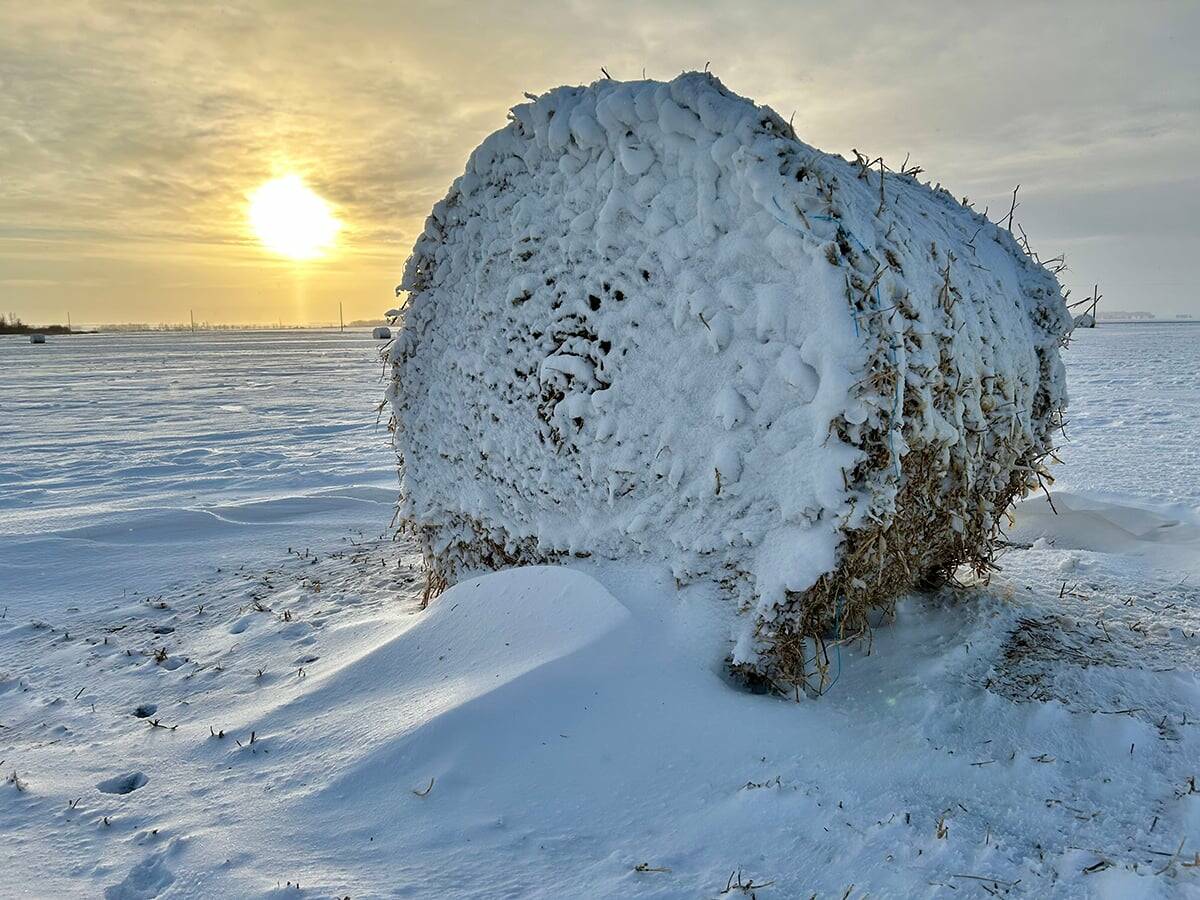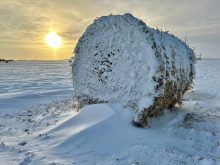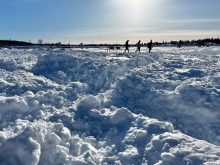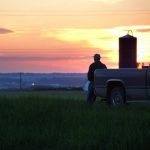Producers should monitor the snow load situation on their agricultural buildings and take appropriate action. Check high-risk areas, and if you need to remove snow, be extremely careful.
Snow and ice add to the total weight that trusses and rafters must support. Ice on a metal roof can prevent snow from sliding off and any additional snowfall will build up and intensify the problem.
What should you do if you have too much snow on your roof? The simple answer is to get it off as soon as possible. Generally there is some time between a large snowfall event and possible structural failure. Unfortunately, one good way to remove snow from a roof is to physically get up on the roof and push the snow off with a shovel or broom.
Read Also

What is perfect Christmas weather?
What is ‘perfect’ Christmas weather on the Prairies? Here’s where you should head this holiday, according to historical weather data.
There obviously is the safety concern of falling off when working on a snow-covered and icy roof. It’s important to use ladders, safety ropes and take necessary precautions. Snow rakes also can be used to remove snow. When using a snow rake, use extreme caution when working near overhead electrical power lines. Also, avoid excessive scraping on the roof or trying to chip off ice. These practices can cause damage and lead to a leaky roof.
There are other, more innovative methods of removing snow and ice from roofs. One involves warming the inside of the building sufficiently with large heaters to melt the ice layer, and then hoping the snow and ice slide off. Obviously, a lot of heat is necessary for even a moderate-size building, and it must be an open-trussed structure (no flat ceiling), and have an uninsulated metal roof. Caution is necessary to prevent large chunks of ice and snow that slide off the roof from falling on people, animals or equipment.
For flat-ceiling buildings, putting heaters in the attic is generally not recommended. That’s because of the fire danger and the possibility of creating ice dams along the building’s eaves.
– Larry Jacobson and Kevin Janni are professors and agricultural engineers
with University of Minnesota Extension














